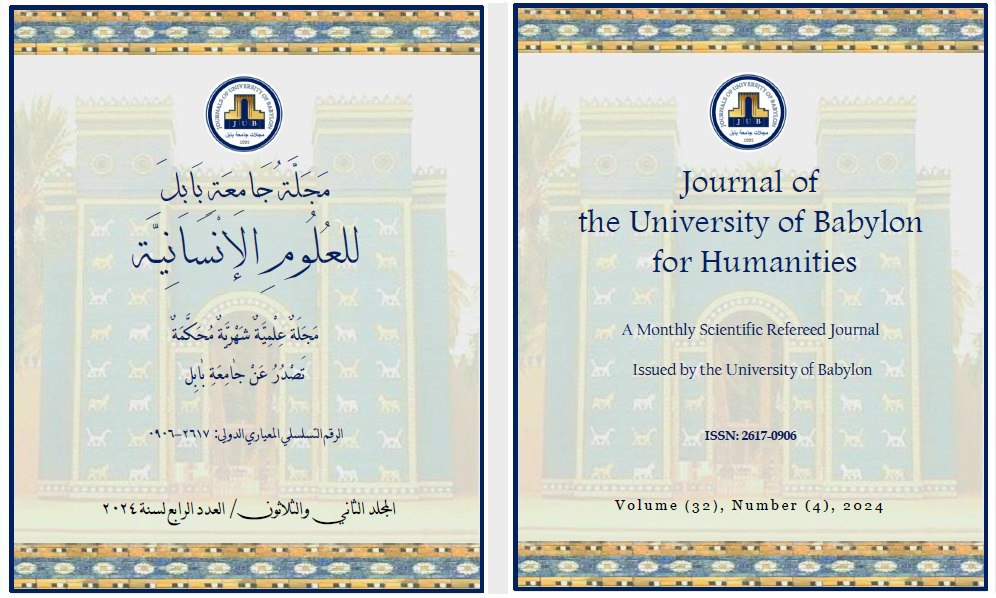Technical Transformations in Artist Mahmoud Al-Obaidi’s Works
Main Article Content
Abstract
The research is concerned with studying the technical transformations in the works of artist Mahmoud Al-Obaidi through examining the meanings of technical transformations. The current research consists of four chapters. The first chapter deals with the research design: the research problem realized by the following question: What are the technical transformations in the works of artist Mahmoud Al-Obaidi? In addition to the importance of research and the need for it. The research aims to identify the technical transformations in the works of artist Mahmoud Al-Obaidi. As for the limits, the research is limited to the period of studying technical transformations in terms of topics (cultural - political - social) and how the artist represents them in form and content. The second chapter introduces the theoretical framework and some previous related studies, with the first section examining the concept of technology and mechanisms of transformation. The second section deals with: Technical transformations in the work of the artist Mahmoud Al-Obaidi. The chapter ends with the indicators that result from the theoretical framework, The third chapter explains the research procedures, which includes defining the research community according to the temporal and spatial limits. The research sample is chosen intentionally and, as for the research tool, the researcher rely on the indicators that have resulted from the theoretical framework, then the research methodology and sample analysis. The fourth chapter mentions the results, conclusions, and recommendations, Proposals, footnotes and sources.
Keywords: technical, transformations
Article Details

This work is licensed under a Creative Commons Attribution 4.0 International License.

